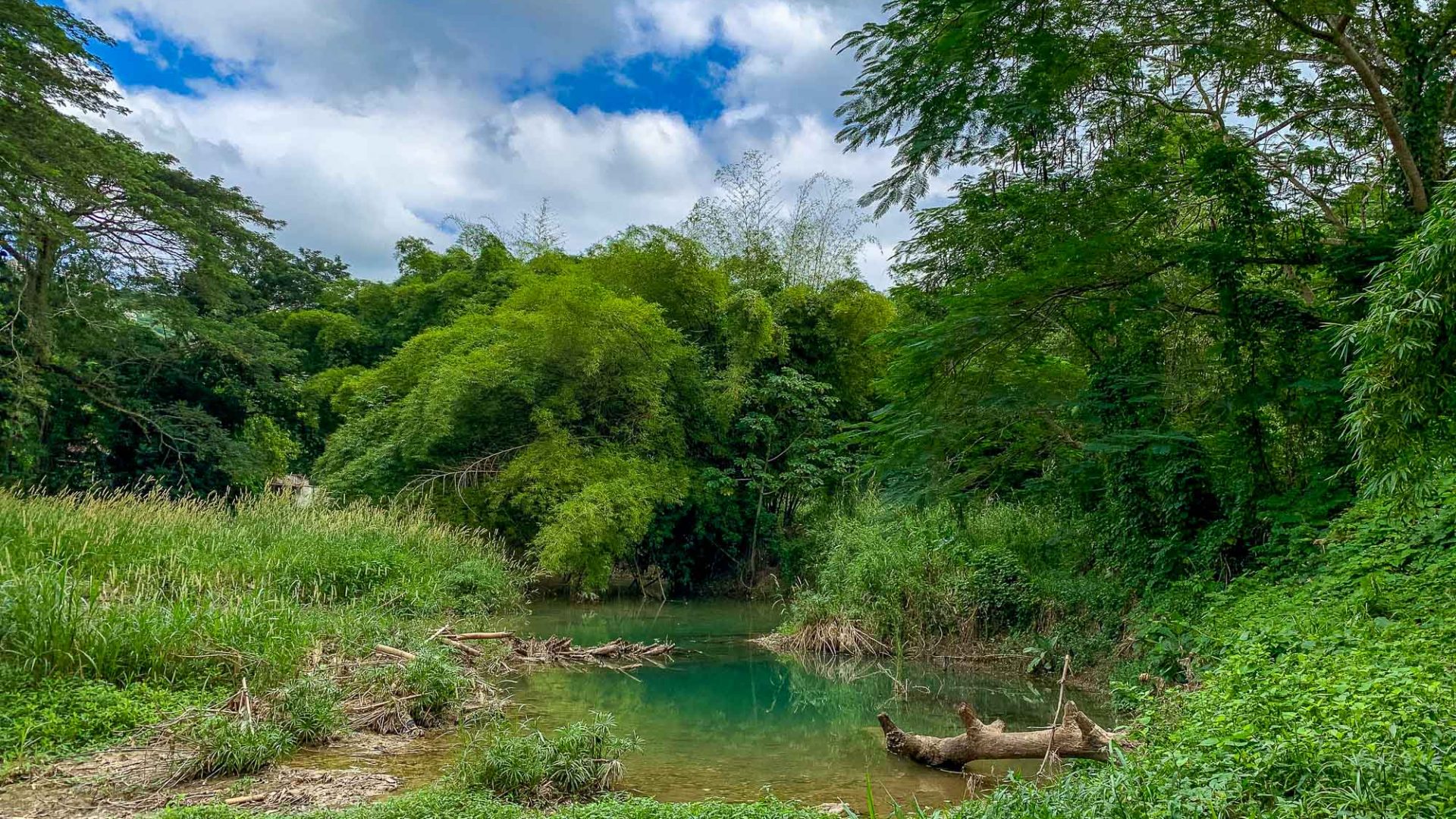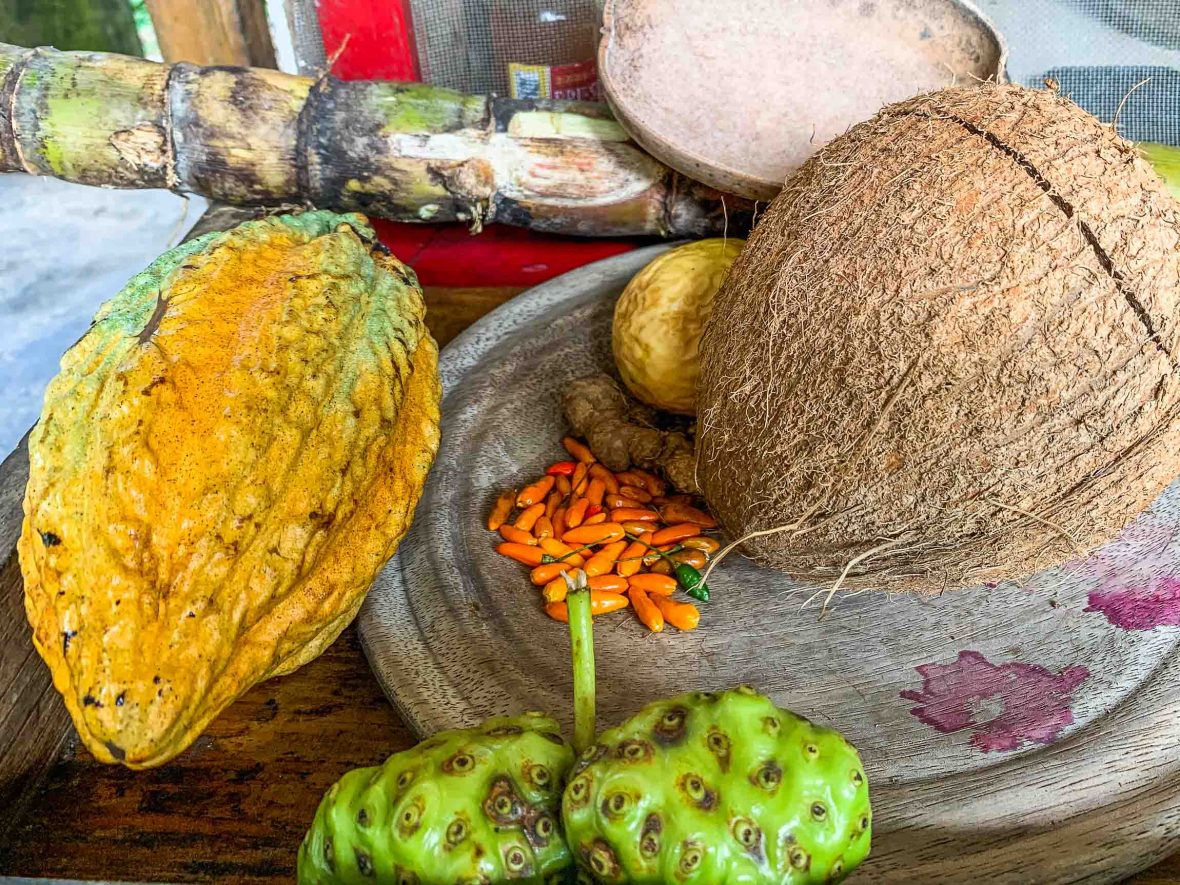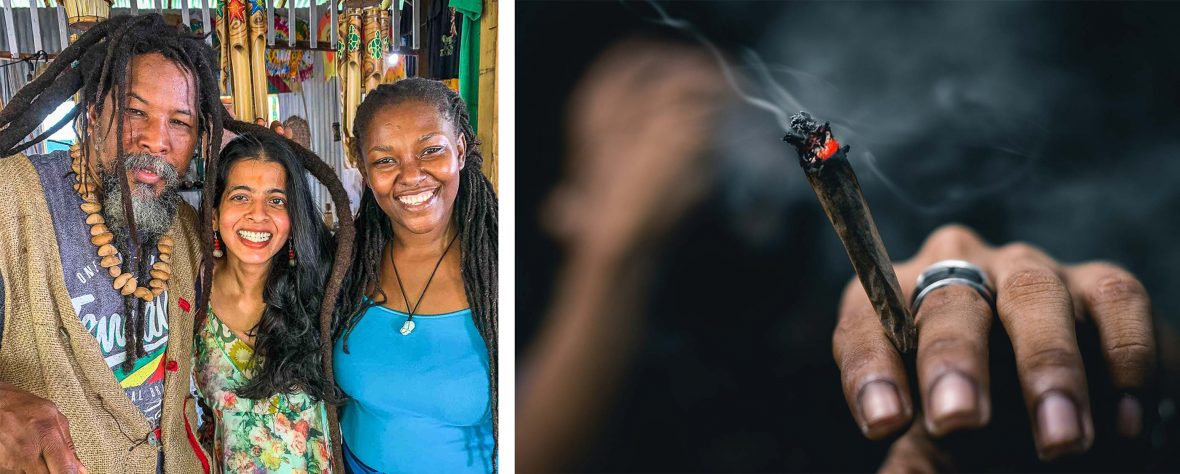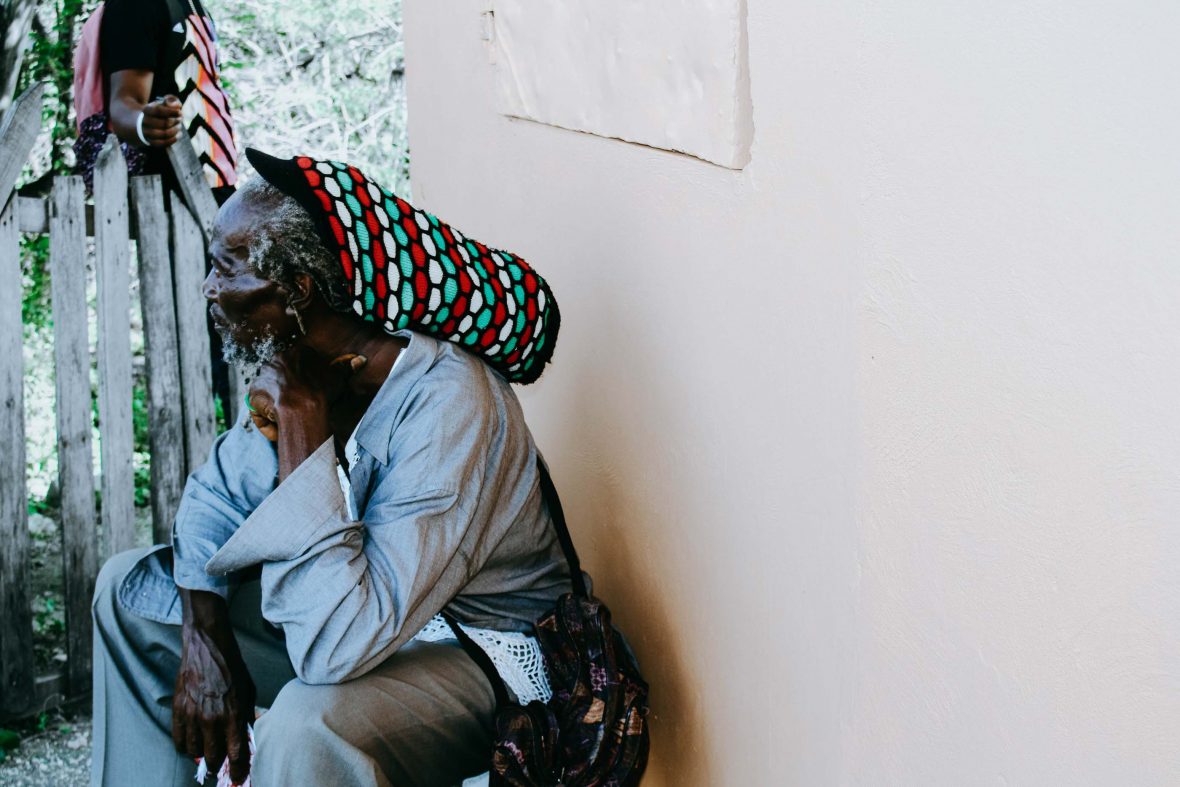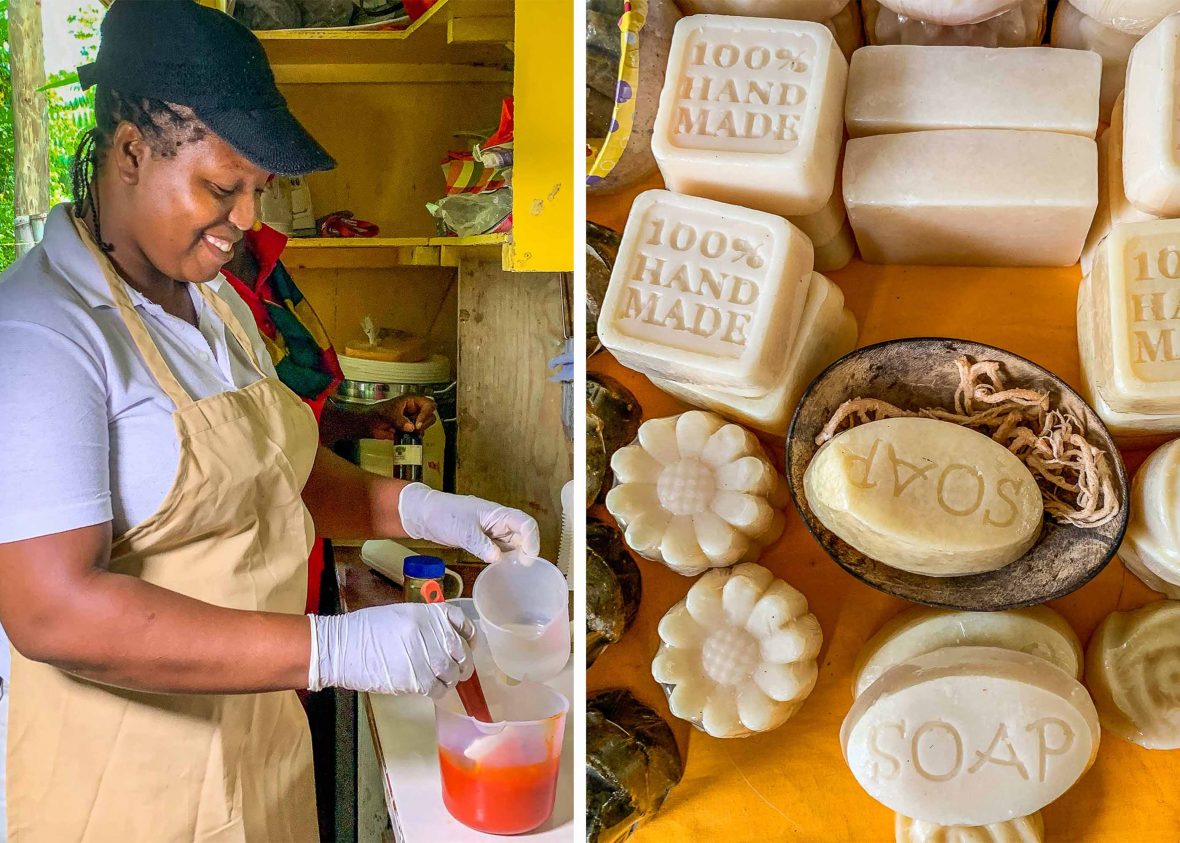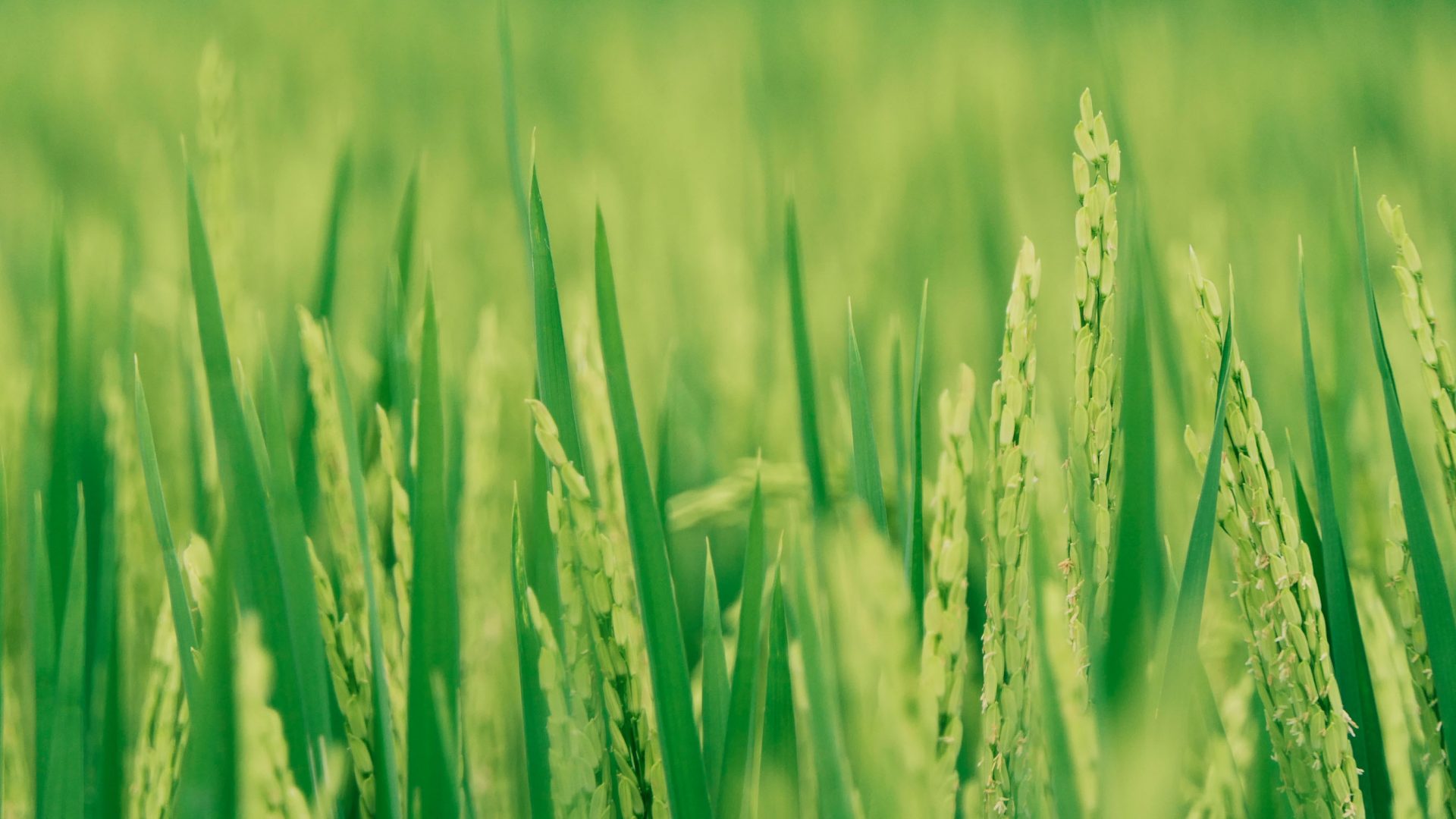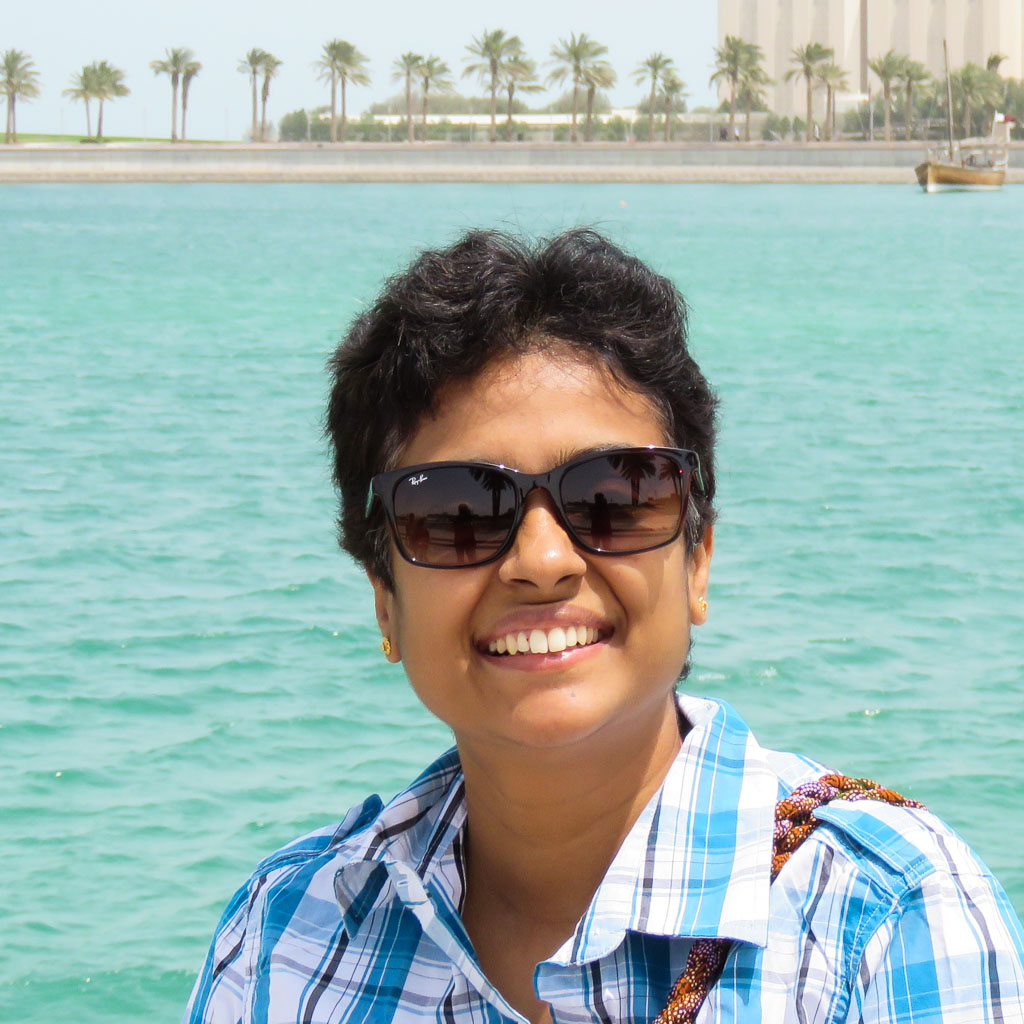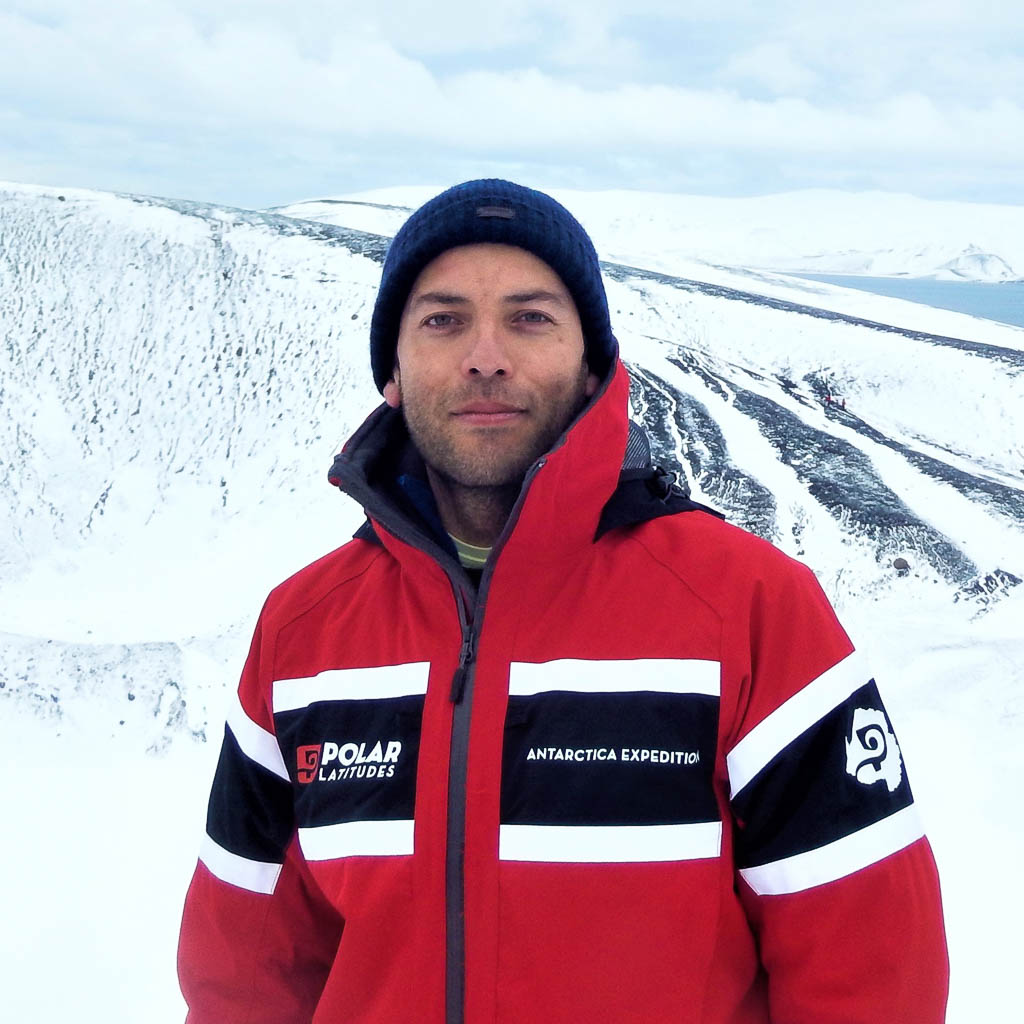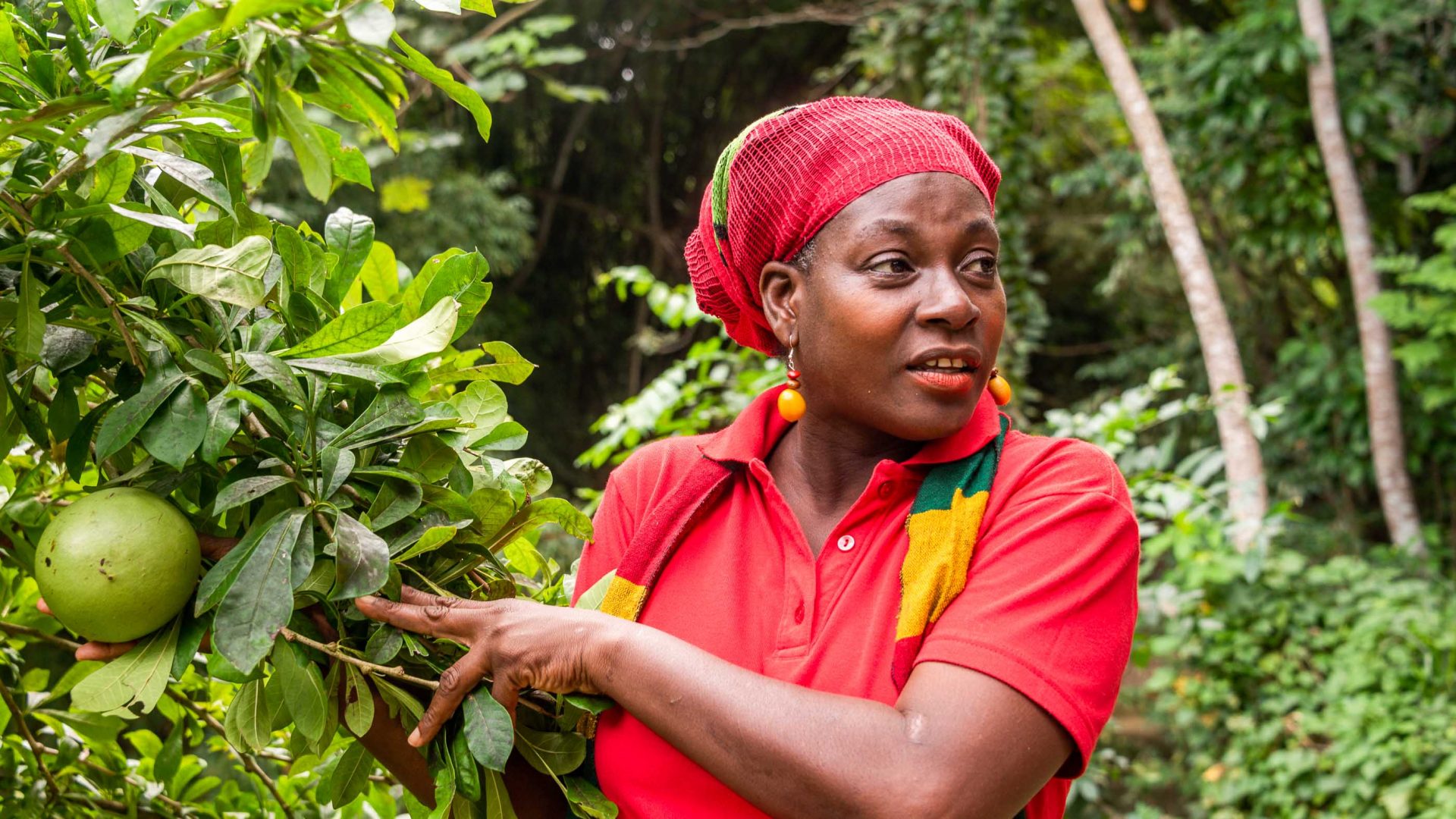
It’s one of the world’s most recognizable, yet often misunderstood, religions and cultures. Travel writer and anthropologist Sonia Nazareth wanted to find out more about Rastafari life and its emphasis on natural ingredients, past the clichés of marijuana and Marley, and headed to where it all began, in Jamaica.
Even if you’ve never been to Jamaica, it’s likely you’ll have heard of Rastafari.
I’d long been interested in this Indigenous religious, social, and political movement—classified as such by scholars of religion—that developed on this Caribbean island during the 1930s. It began after a prophecy made by black political leader, Marcus Garvey (“Look to Africa where a black king shall be crowned, he shall be your Redeemer”), which was followed by Emperor Haile Selassie I being crowned in Ethiopia. Many interpreted this event as fulfilling the prophecy—the religion takes its name from Selassie’s original name, Ras Tafari Makonnen, and many regard him as the Black Messiah, Jah Rastafari.
Rastafari started out as a quest for justice in response to the marginalization faced by impoverished and disenfranchised people of African descent to British imperial culture in Jamaican colonial society. After years of being discriminated against, for an identity based on a re-appropriation of African heritage, and for their use of marijuana as a sacred herb, the wider world is slowly growing more accepting of this community’s rich and varied way of life.
And I wanted to scratch beneath the clichéd cartography of its anti-establishment impulse, reggae, Bob Marley, and dreadlocks. So, I decided to head to Jamaica and visit a Rastafari village.




